|
Definition: An assembly which has as its main purpose, the pass-through of substances or energy from outside of a hermetically-sealed vacuum chamber to the inside. A vacuum feedthrough must remain leak-free under high and ultra-high vacuum. In scientific and industrial vacuum communities, the terms Vacuum Feedthrough, Electrical Feedthrough, Ceramic Feedthrough, Glass Feedthrough, and Hermetic Feedthrough are often used interchangeably with no regard to their subtle differences, which is OK. However, you might ask yourself “what is the real difference between these terms?” The terms Hermetic Feedthrough and Vacuum Feedthrough are virtually identical when used to describe a feedthrough for use on a vacuum chamber; both must be leak-tight. Electrical feedthroughs can be manufactured using Ceramic or Glass, which is where the other terms come from. There are many types/styles of vacuum feedthroughs, and manufactured using various techniques. |
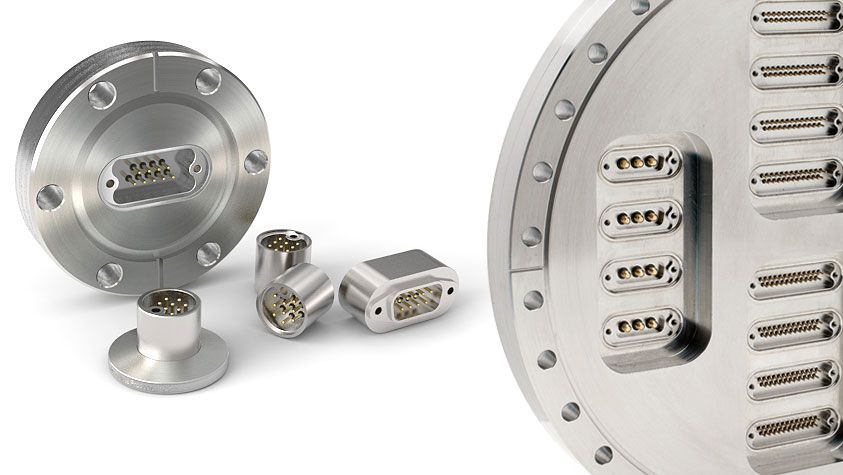 |
|
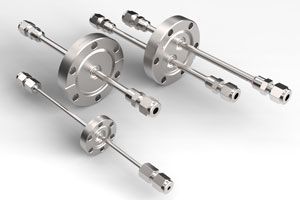 |
|
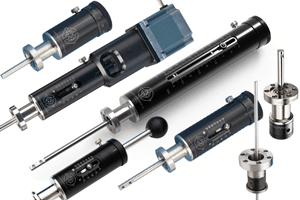 |
|
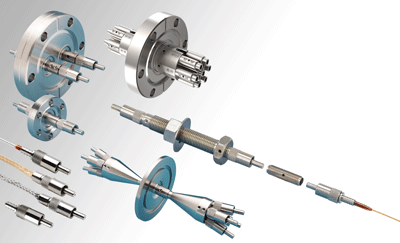 |
|
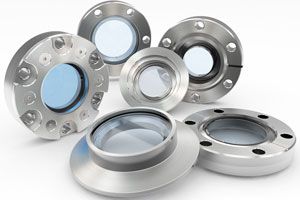 |
|
